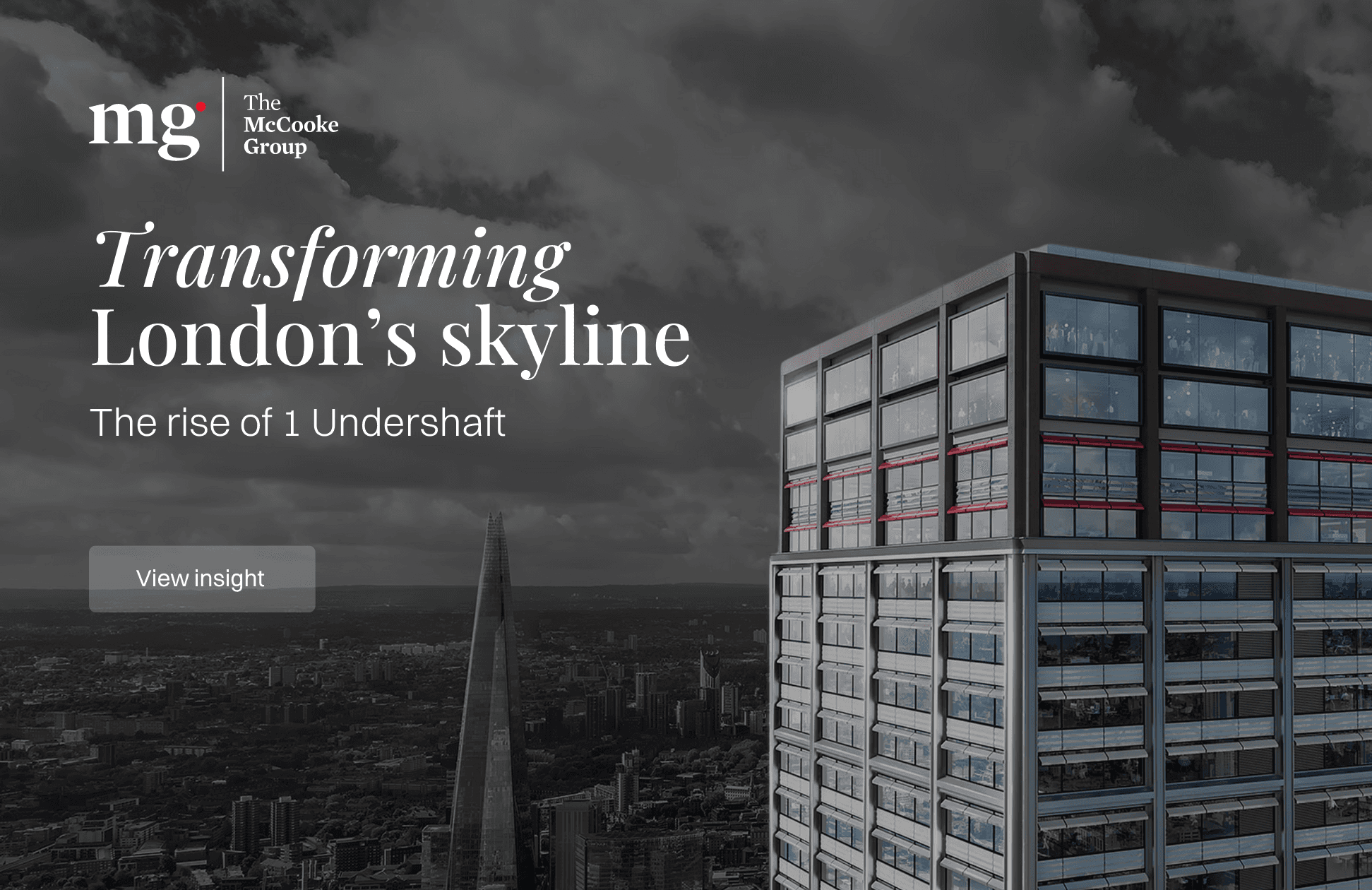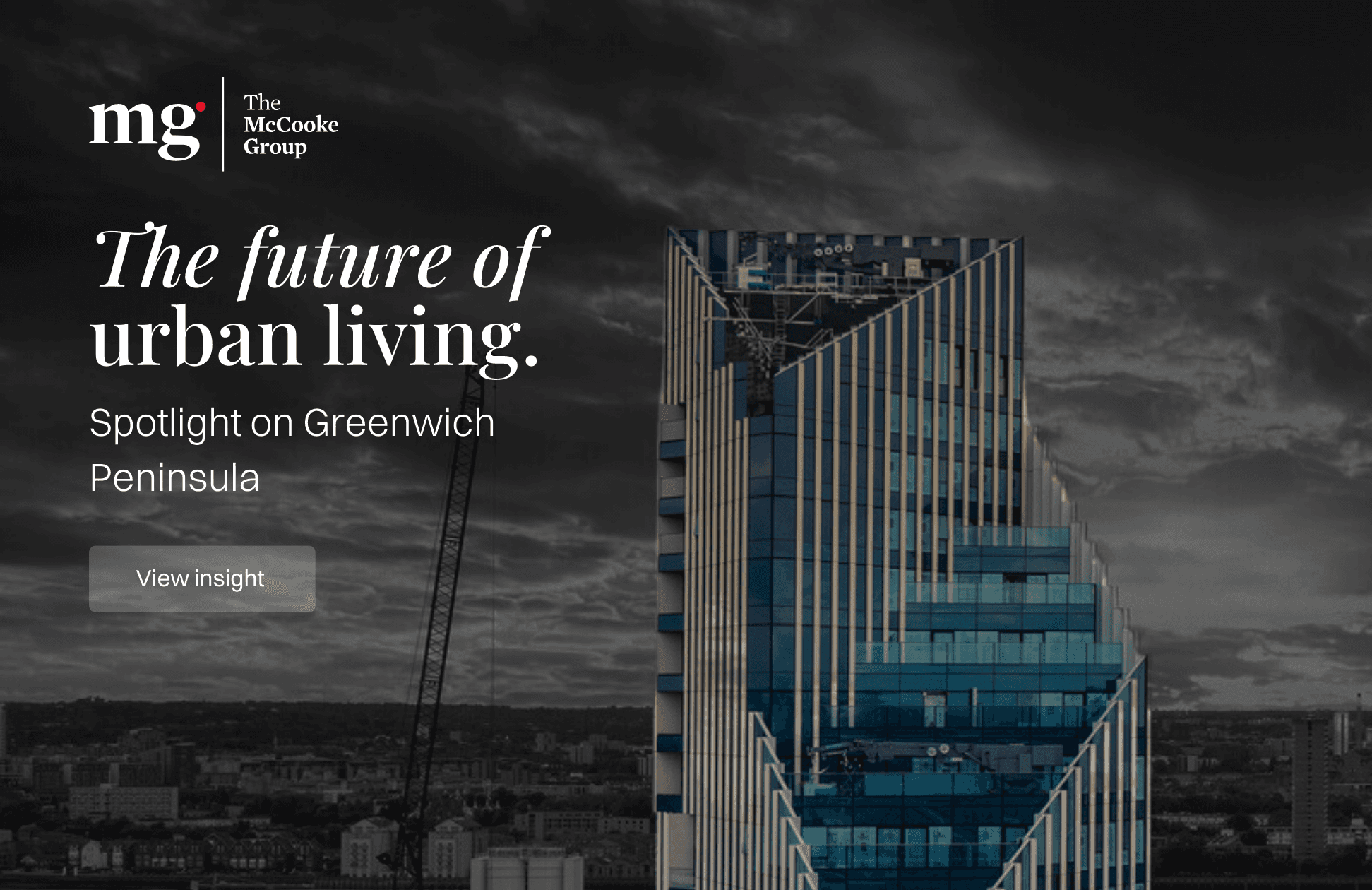David McCooke
How Build-to-Rent Brands Are Evolving in 2025
29 April 2025
/
2 min read
Why brand strategy and marketing execution matter more than ever.
As the UK’s Build-to-Rent (BTR) market matures, one thing is clear: brand matters more than ever.
What began as a novelty concept—professionally managed rental schemes with hotel-style amenities—has now become a major asset class in UK real estate. With that growth has come competition, and with competition, pressure. Not just to fill units, but to differentiate, retain residents, and drive long-term performance.
And that’s where brand comes in.
In 2025, the most successful BTR operators aren’t just managing buildings—they’re managing brands. Thoughtfully positioned, strategically executed, and consistently experienced. This article explores how BTR branding is evolving—and what developers, operators, and agents need to consider to stay ahead.
From Lifestyle to Substance: Renter Expectations Have Changed
For years, the marketing of BTR schemes was dominated by the same tropes: sleek communal lounges, rooftop terraces, pet-friendly perks, and fitness studios. The message? Renting doesn’t mean compromise.
But that lifestyle-led messaging is no longer enough.
In 2025, renters—particularly Gen Z and younger millennials—expect more than amenity checklists. They’re looking for values. Purpose. Professionalism. They’re looking for landlords who are present, service-driven, and genuinely invested in making renting better.
And the best brands in the sector are responding.
Take Quintain Living, the operator behind Wembley Park. Formerly known as Tipi, the company rebranded to signal a shift in focus: from a cool place to rent, to a community-first operator offering meaningful service and lifestyle value. The brand is now built around clarity of purpose—“making renting better”—and reinforced by every resident touchpoint, from events to communications to aftercare.
Likewise, Moda Living has evolved its brand to emphasise wellbeing, service, and trust, not just aesthetics. The promise is no longer just “live in a great building,” but “live better, longer”—with data-backed health features, mental wellness support, and resident engagement baked into the brand experience.
For developers and agents, the message is clear: the most effective BTR brands are shifting from lifestyle to substance. Amenities still matter—but they’re no longer the story. The story is the experience—and the values behind it.
Digital-First Leasing: Marketing is Now a Performance Channel
Brand strategy sets the direction—but marketing execution delivers the results.
In 2025, that means going far beyond listings and brochures. BTR operators are becoming increasingly sophisticated in their marketing funnels—blending content, CRM, social media, and automation to nurture leads and convert interest into leases.
Consider this: the average renter in a competitive urban market views multiple schemes, compares offerings across social media and review platforms, and expects digital touchpoints to be seamless. That means virtual tours, fast response times, consistent messaging, and a brand presence that feels cohesive across all platforms.
Here’s what high-performing BTR marketing looks like today:
Digital lead funnels, from social campaigns to microsites to instant-viewing bookings
Hyper-local content, such as resident stories, neighbourhood guides, and lifestyle blogs (as seen on Quintain Living’s site)
Reputation management via platforms like HomeViews, now seen as vital social proof
CRM-led campaigns that nurture leads with personalised follow-ups and automated messaging
Social-first storytelling, where platforms like Instagram, TikTok, and LinkedIn showcase the resident experience as much as the apartments
All of this works because it supports a cohesive brand story. Operators are no longer marketing buildings. They’re marketing belonging. Community. Credibility.
And in a competitive rental market, performance marketing is a brand-builder—not just a lead generator.
Community is the New Amenity
In 2025, community is not a buzzword. It’s an expectation.
More than ever, renters are choosing BTR schemes not just for where they live, but how they live. Events, local partnerships, and shared spaces matter—but what really builds loyalty is intentional brand-led community building.
Operators like Get Living and Moda are leading the charge—creating not just events, but ecosystems where residents feel seen and supported. It’s in the details: local cafés embedded into ground floors, curated resident programming, feedback loops via apps, and visible, empowered on-site teams.
This is where branding and operations intersect.
You can’t claim to be community-focused in your brand messaging if your residents don’t experience it. The best brands in BTR are consistent from positioning to service delivery—and community sits at the heart of both.
What This Means for Developers and Agents
For developers bringing new BTR schemes to market, brand strategy is no longer a nice-to-have—it’s a commercial imperative.
A strong brand:
Accelerates lease-up through trust, relevance, and digital reach
Commands a premium by differentiating on service and experience
Reduces churn by creating identity, loyalty, and community
Supports planning, investment, and future development phases
For leasing agents, it’s also critical. You’re not just selling units—you’re representing brands. And tenants today don’t just choose on spec or price—they choose on perception. Agents who understand and communicate brand values effectively will lease faster, with higher conversion and better long-term tenant satisfaction.
Final Thought: Brand is Performance
At McCooke Property Group, we see this shift playing out every day.
The schemes that perform best are those with clarity of brand, consistency of messaging, and cohesion between marketing and delivery. Our role is to help developers and operators define that brand, express it powerfully, and deliver marketing that supports sales and leasing outcomes at every stage—from naming and launch strategy to digital campaigns and agent coordination.
In a maturing market, brand is no longer fluff—it’s infrastructure. It underpins leasing performance, tenant retention, and long-term asset value.
The question for every BTR stakeholder now is this:
Are you just building homes—or are you building a brand?
David McCooke







